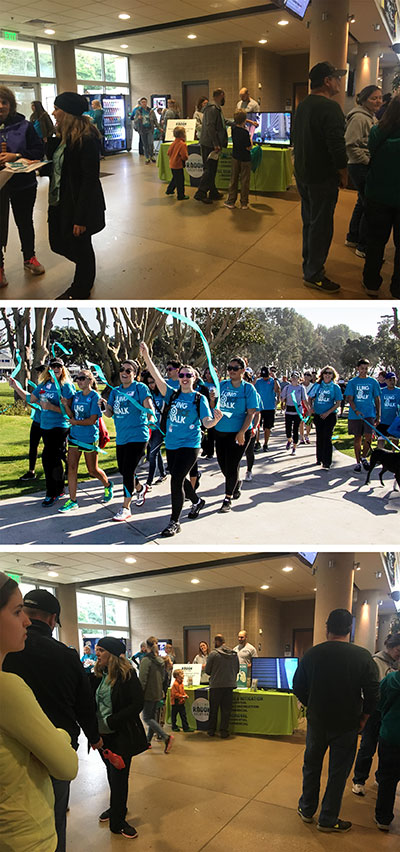January is National Radon Action Month
Raise Awareness about Radon in Wisconsin this January
January is National Radon Action Month
Exposure to radon gas causes more than 20,000 deaths annually and is the number one cause of lung cancer among non-smokers. Radon is odorless, colorless and tasteless. It is inherently easy to not think about something we can’t see, smell or taste. None the less, radon is a problem in our homes, businesses and schools across the country and Wisconsin. Home radon levels are at their highest in January. Additionally, Wisconsinites spend more time indoors during the month of January. In effort to raise awareness of the deadly gas known as radon, the Environmental Protection Agency (EPA) has designated January as National Radon Action Month.
Does Radon Cause Cancer?
Yes. According to Cancer.gov, Radon decays quickly, giving off tiny radioactive particles. When inhaled, these radioactive particles can damage the cells that line the human lung. Long-term exposure to radon can lead to lung cancer, the only cancer proven to be associated with inhaling radon. There has been a suggestion of increased risk of leukemia associated with radon exposure in adults and children.

Radon Identified as a Major Health Problem
In 1942 the National Cancer Institute suggested that radon gas contributed to the development of lung cancer in underground miners. Radon was initially identified as a health issue when underground uranium miners were exposed to radon and died of lung cancer at high rates. Subsequently, studies took place on rodents, which show higher rates of lung tumors among rodents exposed to high radon levels. One of the primary safety concerns for underground uranium miners is in fact, limiting worker exposure to radon. These limits were established back in 1967.
Is There Proof of Radon Causing Lung Cancer?
Cancer.gov states recent research has focused on specifying the effect of residential radon on lung cancer risk. Scientists measure radon levels in the homes of people who have lung cancer and compare them to the levels of radon in the homes of people who have not developed lung cancer.
Researchers have combined and analyzed data from all radon studies conducted in Canada and the U.S. By combining this data, scientists were then able to analyze data from thousands of people. The results demonstrated a slightly increased risk of lung cancer for individuals with elevated exposure to household radon. This increased risk was consistent with the estimated level of risk based on the studies of the underground miners.
How to Raise Awareness about Radon and Lung Cancer?
Last October, Lifetime Radon Solutions partnered with the American Lung Association to participate in their annual Lung Force Walk in Milwaukee to help raise awareness and education about radon and its effects.
Stories like Nancy’s are why people walk. Nancy was diagnosed with stage 3 lung cancer in June 2004. She had a 1% chance of survival if she had her entire right lung removed. She lived on with one lung for twelve years. The one thing that separates lung cancer from other forms of cancer is that by the time lung cancer has been diagnosed, it is typically too late.
Find out how you can help raise awareness about radon and its effects here.
 262-955-5701
262-955-5701




